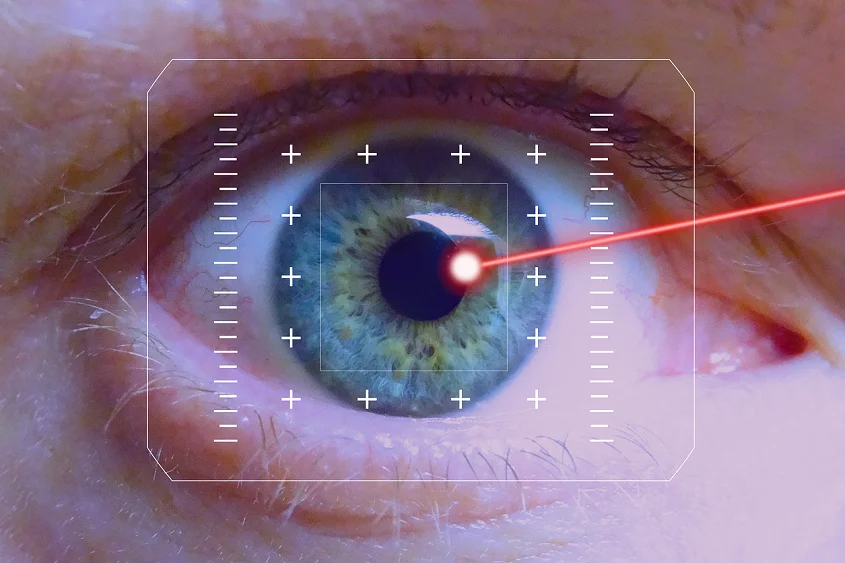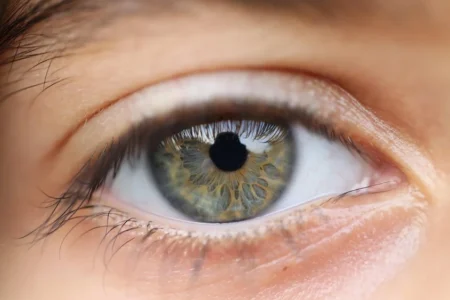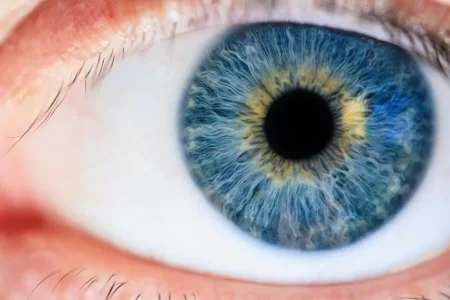What Happens During LASIK Surgery?
LASIK works by reshaping the cornea, the transparent front surface of the eye, so that light entering the eye is properly focused on the retina. Here’s how it works:
- A thin flap is created on the surface of the cornea using a precise surgical instrument (microkeratome) or a femtosecond laser.
- The flap is gently lifted.
- An excimer laser then reshapes the underlying corneal tissue.
- The flap is repositioned, adhering naturally without the need for stitches.
This process removes a small amount of corneal tissue, which permanently alters the shape of your cornea and corrects your vision.
Is LASIK Safe?
Yes, for most people, LASIK is safe when performed on properly selected candidates. It has:
– Over 95% satisfaction rates
– Quick recovery time (most patients return to normal activities within a day)
– Long-term stability for the majority of patients
Modern LASIK uses advanced imaging and mapping to ensure that only eligible patients, those with adequate corneal thickness and healthy eye anatomy, undergo the procedure.
But Let’s Talk About Corneal Thinning
Here’s where concerns often arise: because LASIK removes corneal tissue, the cornea becomes permanently thinner after the procedure. While this is safe for most people, there are specific risks you should be aware of.
Corneal Ectasia (Rare but Serious)
In rare cases (fewer than 1 in 2,000 with modern screening), the cornea may weaken and bulge outward in a condition called ectasia, which can distort vision. This is more likely to happen if the cornea was too thin or irregular to begin with, or if too much tissue was removed.
Unsuitability for LASIK
If you have naturally thin corneas, LASIK may not be an option for you. This is why surgeons measure corneal thickness (pachymetry) as part of your evaluation. If the remaining corneal bed is too thin post-surgery, the structural integrity of the eye could be compromised.
Dry Eyes and Nerve Disruption
Creating the flap during LASIK cuts through some corneal nerves, which can lead to temporary or chronic dry eye. While many patients recover fully, a minority may continue to experience symptoms long-term.
Night Vision Issues
Some patients report halos, glare, or starbursts at night, especially those with larger pupils or high refractive errors.
The Importance of Proper Screening
The key to LASIK safety lies in thorough preoperative screening:
– Corneal thickness and shape (topography)
– Degree of refractive error
– Tear film and eye surface health
– Medical history and risk factors
Patients with borderline parameters may be better suited for alternative procedures like:
| Feature | LASIK | PRK | SMILE |
|---|---|---|---|
| Tissue Removal | Yes | Yes (no flap) | Yes (small incision) |
| Flap Creation | Yes | No | No |
| Good for Thin Cornea | Sometimes | Yes | Often Yes |
| Recovery Time | Fast (1–2 days) | Slower (5–7 days) | Fast (2–3 days) |
| Dry Eye Risk | Moderate | Low to moderate | Lower than LASIK |
LASIK is a permanent and highly effective solution for many people, but it’s not for everyone. Since it involves corneal thinning, safety depends entirely on your individual eye structure and the surgeon’s judgment.
If you’re considering LASIK:
– Get a detailed corneal exam from a reputable eye surgeon.
– Ask about your residual stromal bed thickness.
– Explore non-flap options if your cornea is on the thinner side.
The good news? Today’s laser eye surgery landscape offers multiple options, and a skilled ophthalmologist can help you choose the one that prioritizes both vision quality and long-term safety.







